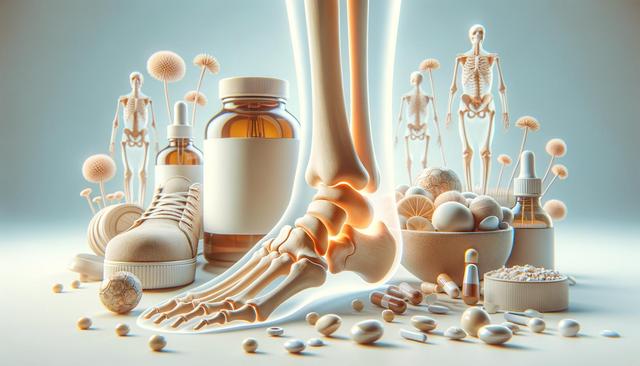Understanding Osteoarthritis and Its Impact
Osteoarthritis is a chronic joint condition that commonly affects the knees, hips, hands, and spine. It occurs when the protective cartilage that cushions the ends of bones wears down over time. This leads to symptoms such as pain, stiffness, swelling, and reduced range of motion. As the most common form of arthritis, osteoarthritis can significantly impact daily activities and overall well-being. Recognizing the early signs and seeking timely intervention is key to slowing disease progression and maintaining mobility.
One of the biggest challenges for individuals with osteoarthritis is learning how to manage joint pain from arthritis in a way that supports long-term joint health. The condition varies in severity, which means that treatments must be tailored to the individual. While there’s no cure, a combination of medical, physical, and lifestyle approaches can provide substantial relief.
Non Surgical Options for Osteoarthritis
For many patients, non surgical options for osteoarthritis offer effective relief without the need for invasive procedures. These options are especially important for those who are not candidates for surgery or prefer to avoid it. The goal with non surgical treatments is to reduce pain, improve joint function, and slow the progression of joint damage.
These non-invasive solutions typically include:
- Physical therapy to strengthen muscles around the joint and improve flexibility
- Weight management to reduce stress on weight-bearing joints
- Assistive devices like braces or shoe inserts
- Over-the-counter pain relievers and anti-inflammatory medications
- Intra-articular injections such as corticosteroids or hyaluronic acid
These methods can be used alone or in combination, depending on the patient’s specific symptoms and lifestyle. When implemented correctly, they can greatly improve mobility with arthritis care and delay the need for surgical intervention.
Natural Remedies for Osteoarthritis Relief
Many individuals seek natural remedies for osteoarthritis relief as part of a holistic approach to managing the condition. Natural methods can complement conventional treatments and may offer fewer side effects. While results can vary from person to person, some remedies have shown promise in providing comfort and supporting joint health.
Popular natural approaches include:
- Applying hot or cold packs to reduce inflammation and ease pain
- Practicing yoga or tai chi to promote flexibility and reduce stiffness
- Using supplements such as glucosamine and chondroitin (after consulting with a healthcare provider)
- Incorporating anti-inflammatory foods like fatty fish, leafy greens, and berries into the diet
- Engaging in low-impact exercise like swimming or cycling
It’s important to note that while these methods can be beneficial, they should not replace medical advice. Instead, they can be integrated into a broader plan to improve mobility with arthritis care and enhance overall well-being.
Medical Treatments for Osteoarthritis Pain
Medical treatments for osteoarthritis pain remain a cornerstone of care, particularly for those with moderate to severe symptoms. These treatments are often prescribed by healthcare professionals after a thorough assessment of the patient’s condition. They aim to reduce inflammation, manage pain, and preserve joint function.
Common medical strategies include:
- Nonsteroidal anti-inflammatory drugs (NSAIDs) to ease pain and swelling
- Disease-modifying osteoarthritis drugs under evaluation for long-term relief
- Topical analgesics that provide localized relief without systemic side effects
- Targeted physical rehabilitation programs
- Regular monitoring and imaging to track disease progression
By combining these medical approaches with lifestyle modifications and natural therapies, patients often find a balanced way to manage symptoms. Open communication with healthcare providers ensures that treatments for osteoarthritis pain are adjusted as needed for maximum benefit.
Creating a Long-Term Management Plan
Successfully managing osteoarthritis requires an individualized and consistent long-term plan. Since the condition is progressive, early and sustained interventions can help preserve joint function and maintain independence. The key to effective management lies in addressing multiple aspects of health and lifestyle.
Essential components of a long-term plan might include:
- Regular exercise tailored to ability and joint health
- A balanced diet that supports joint and bone integrity
- Routine follow-ups with healthcare professionals
- Stress management techniques to cope with chronic pain
- Educational resources to stay informed about the condition
By combining medical advice with self-care practices, individuals can significantly improve mobility with arthritis care. This proactive approach empowers patients to take control of their condition and maintain a high quality of life.




Leave a Reply